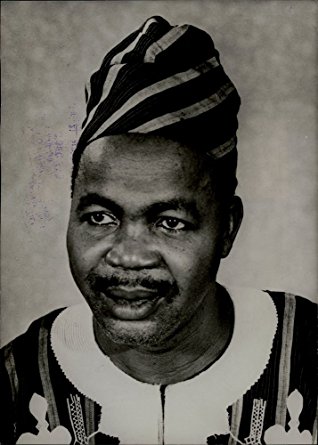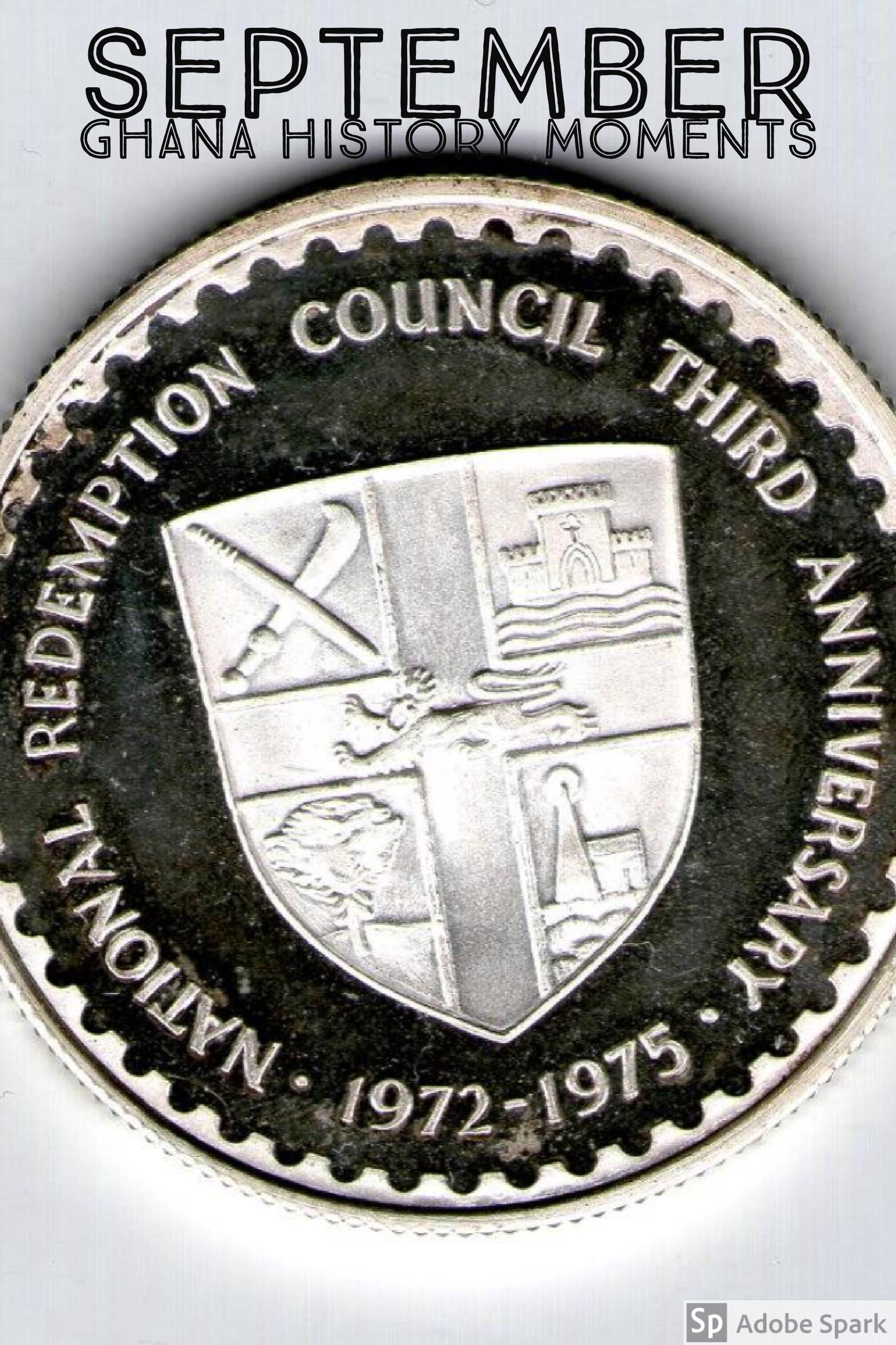The chief of Adansi Kobina Obeng in 1873 had sought to be independent of Ashanti by virtue of his geographic position close to the British protectorate, just north of River Pra. After Kumasi was sacked by Sir Garnett Wolseley, and Kofi Karikari had been dethroned, his successor, Mensah Bonsu after his enstoolment late in 1874, made every effort to regain lost Ashanti dependencies. He was able over a period of a few years to do so, except for Kwahu and Adansi.
During the Ashanti interregnum, the Adansis remained a divided state. Some continued to claim British protection under the Treaty of Fomena and others wanting to return to Ashanti. In this unsettled state, under the leadership of a compromise chief, Nkansa Brempong, a great deal of trouble occurred, including murdering, kidnapping and robbing Ashanti traders as they passed through their territory. In April 1886, over 150 Ashanti traders were murdered for the sake of their goods. The Ashantis, particularly from Bekwai, who had the majority of victims, retaliated, killing 60 Adansis and driving over 12,000 of them south across the Pra, into the protectorate. Fomena and all Adansi villages were set ablaze.
Mensa Bonsu favored a diplomatic solution to the Adansi problem but a war party under the leadership of Kobina Awua developed against the king’s wishes. This faction encouraged Kofi Karikari to attempt to regain the throne of Ashanti.
Eventually after years of chaos, Kwaku Dua III (Prempeh I) was enstooled as Asantehene in March 1888 with the Asante nation in a fragmented state. The Adansi’s and Kokofus broke out in open rebellion. Prempeh I, the 16 year old king, repelled the first onslaught and asked the British not to allow attacks on Ashanti from the protectorate, south of the River Pra. His weak political position made Ashanti now a target for the British. With the fall of Ashanti to the British all but signed off on paper, the Adansis finally signed to join the British Protectorate on October 18, 1895.
The treaty was largely based on previous treaties between Britain and African landowners from 1889. The primary signatory was Kweku Inkansa, King of Adansi. The key clause in the treaty was Article VII, which stated that the Crown would not prevent the Adansi leaders from collecting revenues and administering their territory. However, after the Ashanti Confederation was dissolved with the overthrow of King Prempeh I, the surrounding sovereign territories of Ashanti were also effectively annexed by the British, voiding treaties such as this one.







